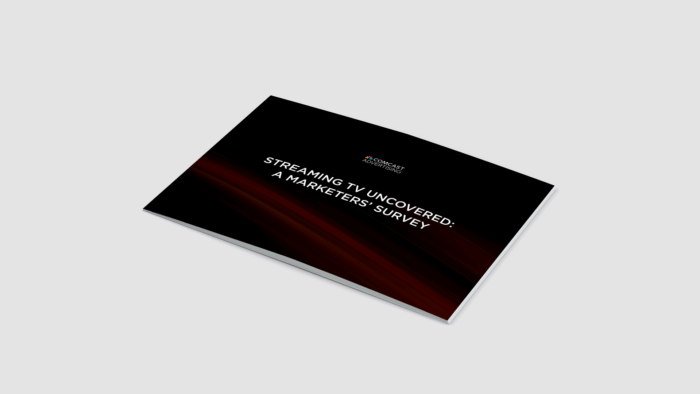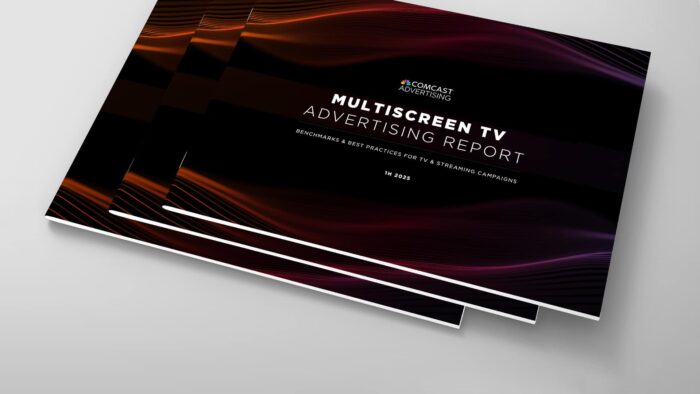The Importance of TV Attribution and Why Partnerships Are Key to Unlocking Its Full Potential
TV has always been a powerful tool for driving brand awareness, but measuring its performance across the funnel has typically been a challenge. Today’s advertisers need to be able to understand how all of their media investments are driving impact – including TV.
How TV Advertisers Can Tap into the Power of Women’s Sports
Women’s sports have experienced a major surge in popularity over the last few years, and with its record-breaking viewership comes the ripe opportunity to connect with engaged audiences. And the growth shows no signs of slowing down: 60% of sports fans said they would like to see more media exposure for women’s sports highlighting the major interest from viewers.
European Marketers Survey 2026
2026 Streaming Uncovered: Marketers plan to increase spend on ad-supported streaming platforms as they seek to boost loyalty and win-back consumers in a challenging economy.
What Works for Advertisers: Live Sports Are Changing the Game for Local Advertisers
Live sports offer something few other genres can: massive, real-time audiences that are deeply engaged. With 85% of fans preferring to watch games on TV over attending in person, it’s no surprise that sports accounted for 96% of the most-watched non-political programs.
Unlocking the Power of Multiscreen Advertising
Click here to explore how streaming delivered incremental value and why a multiscreen strategy is essential for advertisers.
What Works for Advertisers: Proving Performance and Attribution for TV Advertising
Advertising only works if you can measure its impact. For advertisers, that means going beyond impressions and clicks to understand how media spend drives real business outcomes.
Baby Boomers Aren't Tuning Out—They're Tuning in Differently
Despite holding over half of the nation’s wealth, Baby Boomers are often left out of the advertising conversation. Only 10% feel seen by the brands in ads they watch—yet they remain some of the most loyal and attentive viewers across both traditional TV and streaming platforms.
The 1H 2025 Multiscreen TV Advertising Report
As content and viewers continue to shift between screens and platforms, a multiscreen TV approach has become a non-negotiable for advertisers looking to maximize reach and impact. The 1H 2025 Multiscreen TV Advertising Report reveals how advertisers are driving action through multiscreen campaigns.
Tailgates & TV: Why College Sports Make Sense for Advertisers
While viewers can typically find sports content throughout the year, fall sports have viewers glued to their TV screens every week – with 58% of sports impressions in 2024 generated in the fall. Most people think of the NFL when they hear fall sports, but it goes beyond that, with college sports accounting for 61% of sports viewership in the U.S..
Reaching Multigenerational Audiences
Advertisers have long relied on age as a key demographic point to shape messaging and strategy. From Gen Z to Baby Boomers, generational identity plays a powerful role in how audiences consume content across screens.









